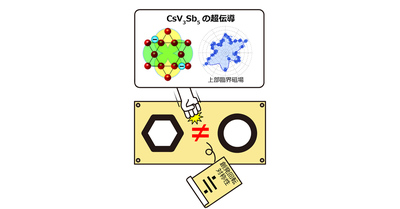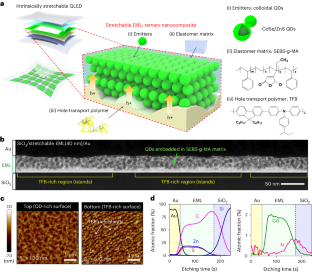2024-04-15 シンガポール国立大学(NUS)
<関連情報>
- https://news.nus.edu.sg/magnetic-butterfly-to-advance-quantum-technologies/
- https://www.nature.com/articles/s41557-024-01453-9
強い相関とトポロジカル・フラストレーションを共存させた高エンタングルポリラジカルナノグラフェン Highly entangled polyradical nanographene with coexisting strong correlation and topological frustration
Shaotang Song,Andrés Pinar Solé,Adam Matěj,Guangwu Li,Oleksandr Stetsovych,Diego Soler,Huimin Yang,Mykola Telychko,Jing Li,Manish Kumar,Qifan Chen,Shayan Edalatmanesh,Jiri Brabec,Libor Veis,Jishan Wu,Pavel Jelinek & Jiong Lu
Nature Chemistry Published:19 February 2024
DOI:https://doi.org/10.1038/s41557-024-01453-9
Abstract
Open-shell nanographenes exhibit unconventional π-magnetism arising from topological frustration or strong electron–electron interaction. However, conventional design approaches are typically limited to a single magnetic origin, which can restrict the number of correlated spins or the type of magnetic ordering in open-shell nanographenes. Here we present a design strategy that combines topological frustration and electron–electron interactions to fabricate a large fully fused ‘butterfly’-shaped tetraradical nanographene on Au(111). We employ bond-resolved scanning tunnelling microscopy and spin-excitation spectroscopy to resolve the molecular backbone and reveal the strongly correlated open-shell character, respectively. This nanographene contains four unpaired electrons with both ferromagnetic and anti-ferromagnetic interactions, harbouring a many-body singlet ground state and strong multi-spin entanglement, which is well described by many-body calculations. Furthermore, we study the magnetic properties and spin states in the nanographene using a nickelocene magnetic probe. The ability to imprint and characterize many-body strongly correlated spins in polyradical nanographenes paves the way for future advancements in quantum information technologies.




